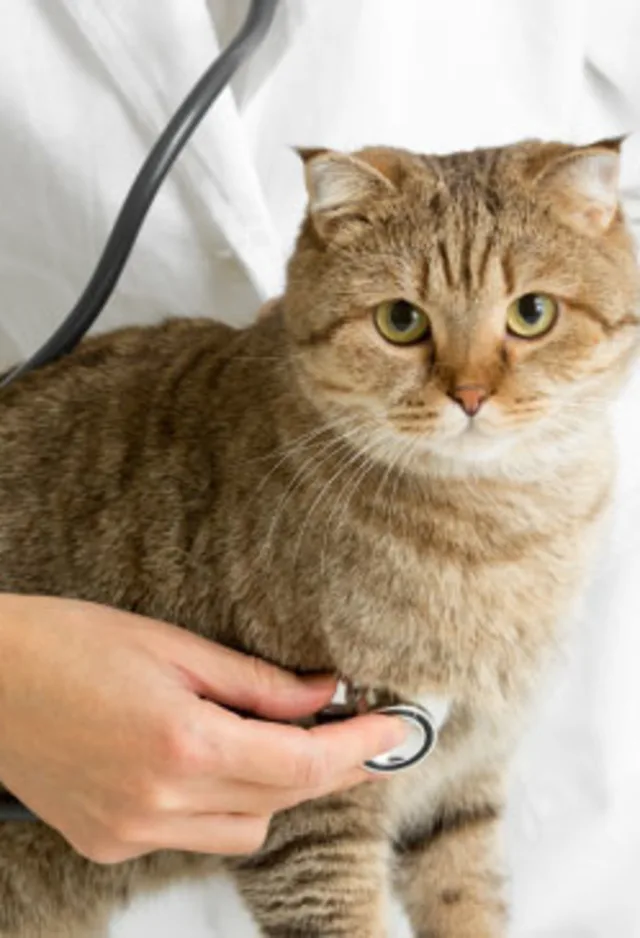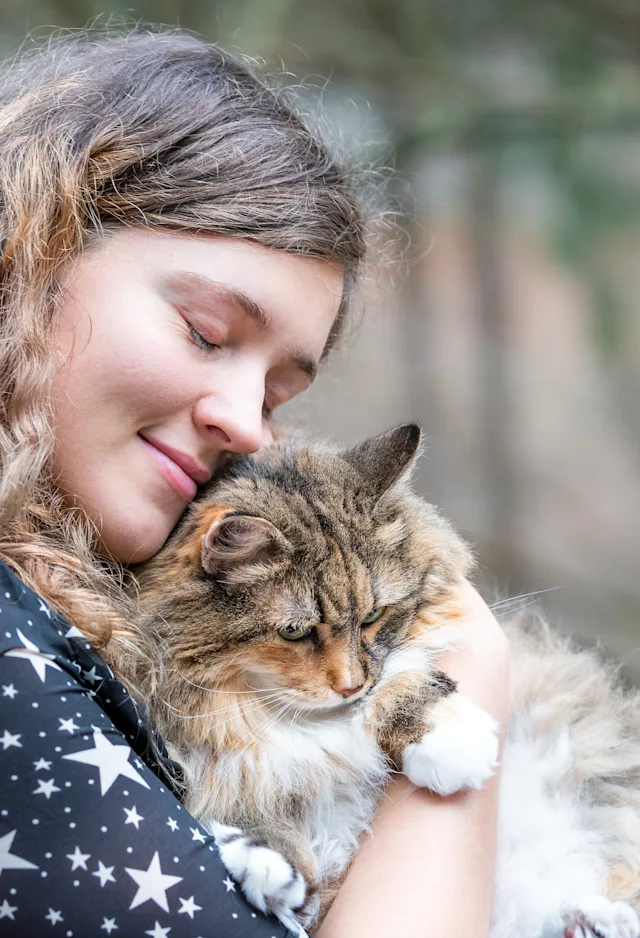Friendship Veterinary Center

Spay & Neuter Special
Save 25% through June 30, 2025
Please mention this offer and promo code FIXME when booking your appointment.
*Eligible pets are determined by the veterinarian. Offer valid for spay/neuter appointments through June 30, 2025, while availability lasts. Not combinable with other offers or discounts.

Introducing the
Happy Healthy Pets™ app.
Designed to make managing your pet's health care
simpler & more convenient.


The Gift of Well-Being
From: Us
Focus on celebrating this holiday season, we'll handle your pet's health

Spay & Neuter Special
Save 25% through June 30, 2025
Please mention this offer and promo code FIXME when booking your appointment.
*Eligible pets are determined by the veterinarian. Offer valid for spay/neuter appointments through June 30, 2025, while availability lasts. Not combinable with other offers or discounts.

Introducing the
Happy Healthy Pets™ app.
Designed to make managing your pet's health care
simpler & more convenient.


The Gift of Well-Being
From: Us
Focus on celebrating this holiday season, we'll handle your pet's health

Spay & Neuter Special
Save 25% through June 30, 2025
Please mention this offer and promo code FIXME when booking your appointment.
*Eligible pets are determined by the veterinarian. Offer valid for spay/neuter appointments through June 30, 2025, while availability lasts. Not combinable with other offers or discounts.

Introducing the
Happy Healthy Pets™ app.
Designed to make managing your pet's health care
simpler & more convenient.


The Gift of Well-Being
From: Us
Focus on celebrating this holiday season, we'll handle your pet's health

Spay & Neuter Special
Save 25% through June 30, 2025
Please mention this offer and promo code FIXME when booking your appointment.
*Eligible pets are determined by the veterinarian. Offer valid for spay/neuter appointments through June 30, 2025, while availability lasts. Not combinable with other offers or discounts.
Welcome to Friendship Veterinary Center
PROUDLY SERVING THE PETS AND PET OWNERS IN THE COMMUNITY OF LAUREL, MT
Friendship Veterinary Center is a full-service veterinary medical facility, located in Laurel, MT. Our professional and courteous staff seeks to provide the best possible medical care, surgical care, and dental care for the animals in your family.
Client Reviews & Testimonials
We value our clients’ experience at Friendship Veterinary Center. Here’s what some of your neighbors are saying about us.





